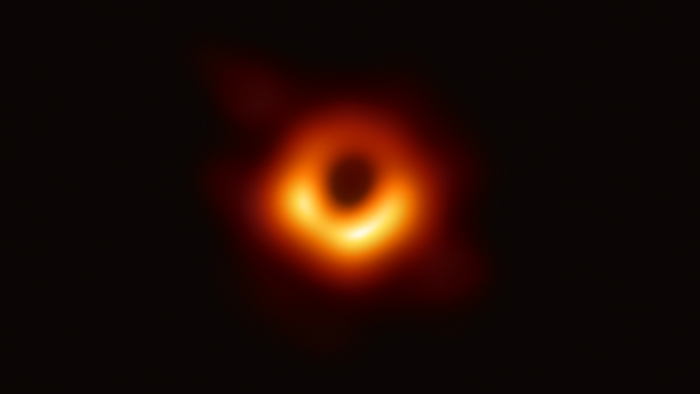Black Holes in Bayrischzell
The scientific program of this year’s winter excursion of the Elite Graduate Program “Theoretical and Mathematical Physics” is concerned with Black Holes, their observation and simulation on super-computers.
The scientific program of this year’s winter excursion of the Elite Graduate Program “Theoretical and Mathematical Physics” is concerned with Black Holes, their observation and simulation on super-computers.
Big stars that have used up all of their nuclear fuel collapse under their own gravity and form a black hole. This highly compact object gravitational pull is so strong that nothing can escape, not even light. Furthermore, most galaxies harbour huge black holes in their center; even our own milky way rotates around a black hole of about one million solar masses.
These fascinating objects which are predicted by Einstein’s theory of General Relativity are the subject of several lectures in the Elite Graduate Program “Theoretical and Mathematical Physics” on a regular basis. On this year’s winter excursion, however, prominent visiting scientists report on recent progress in the understanding of these attractive phenomena.
Astrophysicist Gunther Witzel, scientist at the Max-Planck-Institute for Radio Astronomy, is a leading member of the “Event Horizon Telescope Collaboration”. Last year, this global network of radio telescopes has been able to record the first image of a black hole. The black hole itself is obviously black but is surrounded by a disk of hot accreting matter. The black hole’s strong gravitational field distorts this disk’s thermal radiation. Analysing these images allows scientists to infer properties of this gravitational field. Professor Zensus will presents the work of this collaboration.

Pencil and paper calculations are only sufficient to calculate only the simplest, highly symmetric black holes. To understand realistic black holes as formed by collapsing stars or the compute the gravitational waves emitted ¨when two of these merge, one needs to resort to numerical calculations on fast computers. The second speaker, Bernd Brügmann, professor at Jena University is an expert on solving Einstein’s equations, a complicated system of non-linear partial differential equations on super-computers. This is necessary to infer from measurements of gravitational waves as those recently honoured with a Nobel Prize, the properties of the black holes from which they were originally emitted.
Another theme of the excursion is to bond with other members of the Elite Graduate Program and to enjoy Upper Bavaria’s winter landscapes.
Text: Robert Helling, Elite Graduate Program "Theoretical and Mathematical Physics"